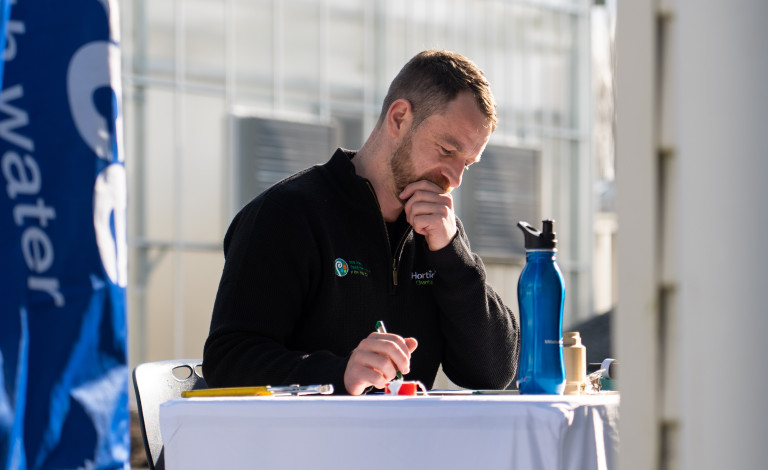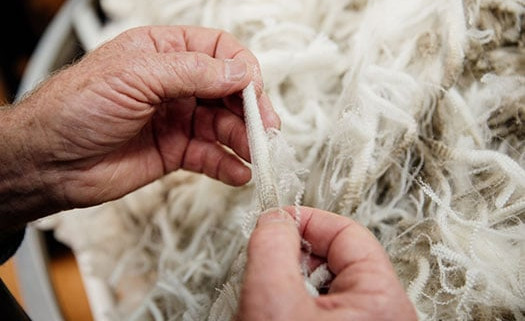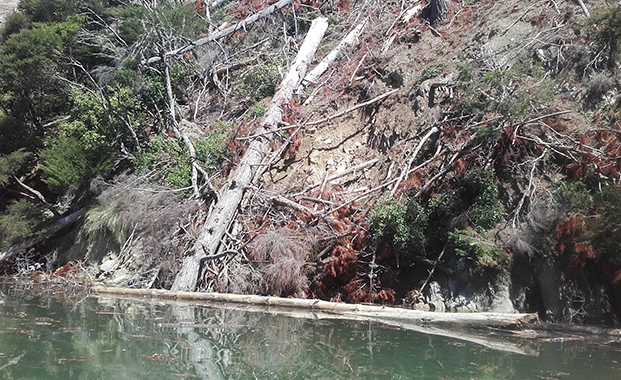Research seeks to reconnect New Zealanders with whenua and food
12 July 2022 | News
With the land that forms much of Aotearoa’s rural-urban interface under threat from urban expansion, a research study is exploring ways of designing a peri-urban zone for both production and people.
Led by Lincoln University Landscape Architecture Senior Lecturer Shannon Davis, the research will investigate spatial land-use typologies for the future development of Aotearoa’s peri-urban zone to help reconnect New Zealanders with whenua and food.
Dr Davis said the need to limit city expansion had long been recognised, particularly from an urban perspective, where successful cities often have a compact form that dictates accessibility, connectivity, density and diversity.
However, the national housing crisis has led to calls from the Government to permit urban expansion in Aotearoa.
“Avoiding urban encroachment, protecting land for food production and having access to local food are also matters of national importance,” Dr Davis said. “Many post-colonial settlements were developed on highly productive land and the continued growth and urbanisation of Aotearoa’s population has led to urban centres expanding, building on highly productive soils.
“But the national housing crisis has created a conflict between policies, with the Government requiring councils to remove restrictive barriers to urban growth.”
Dr Davis said Aotearoa lacked research into spatial land use possibilities for accommodating both people and production.
“Our peri-urban zone is facing unprecedented pressure for land use change, but planning for the future of these areas is challenging, with policy and practice often contested and functional solutions elusive.”
Drawing on international examples, researchers will co-design a case study for Aotearoa, offering an understanding of how New Zealand can develop its own unique bi-cultural design principles for the peri-urban zone, prioritising the landscape principles of māra kai and mahika kai.
“Through co-innovation with Mana Whenua, growers, residents, planners, designers and territorial authorities, we will investigate spatial land use typologies for Aotearoa’s peri-urban zone,” Dr Davis said.
The resulting report will address how landscapes for both people and production can prosper within peri-urban Aotearoa, from which further research, centred on place and community, can occur.
It is envisioned that Mana Whenua, policymakers, council, planners, spatial designers, developers and communities will use the report to approach the unique challenges and opportunities offered by the peri-urban zone of Aotearoa New Zealand.
The project recently received a $130,000 research grant from Our Land & Water.
PHOTO: Dr Shannon Davis discusses a project with a student in one of the design studios at the School of Landscape Architecture.


